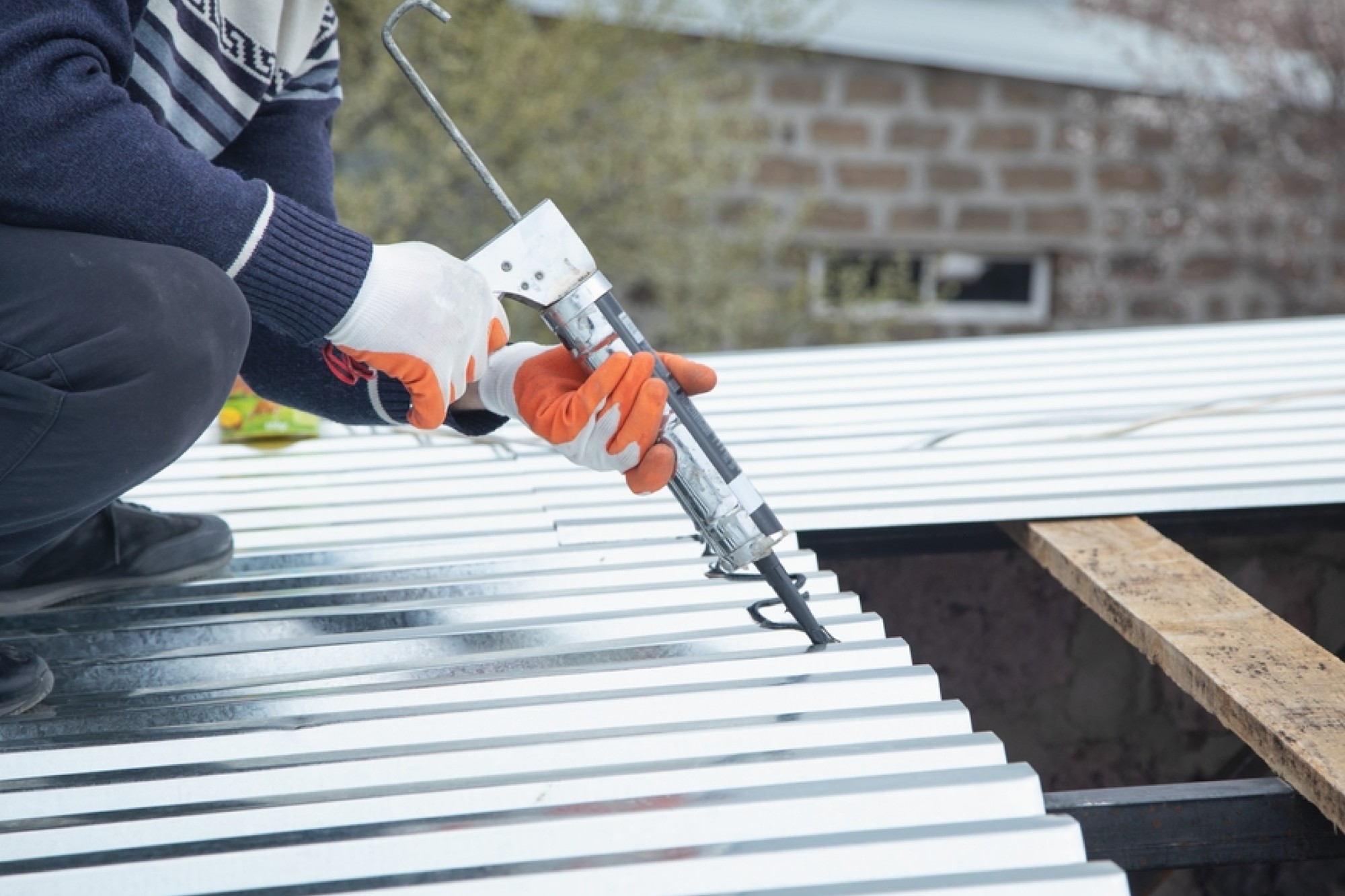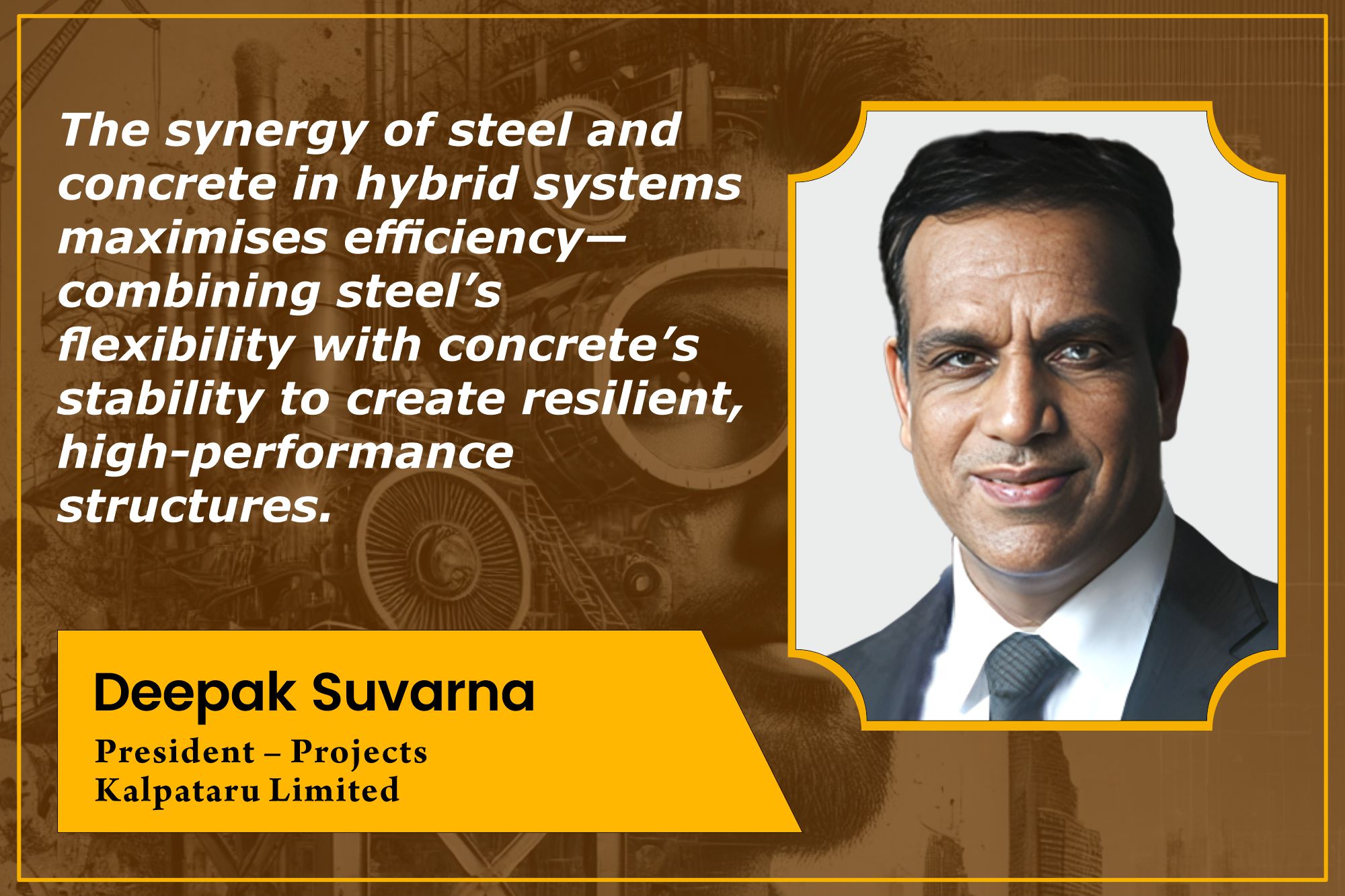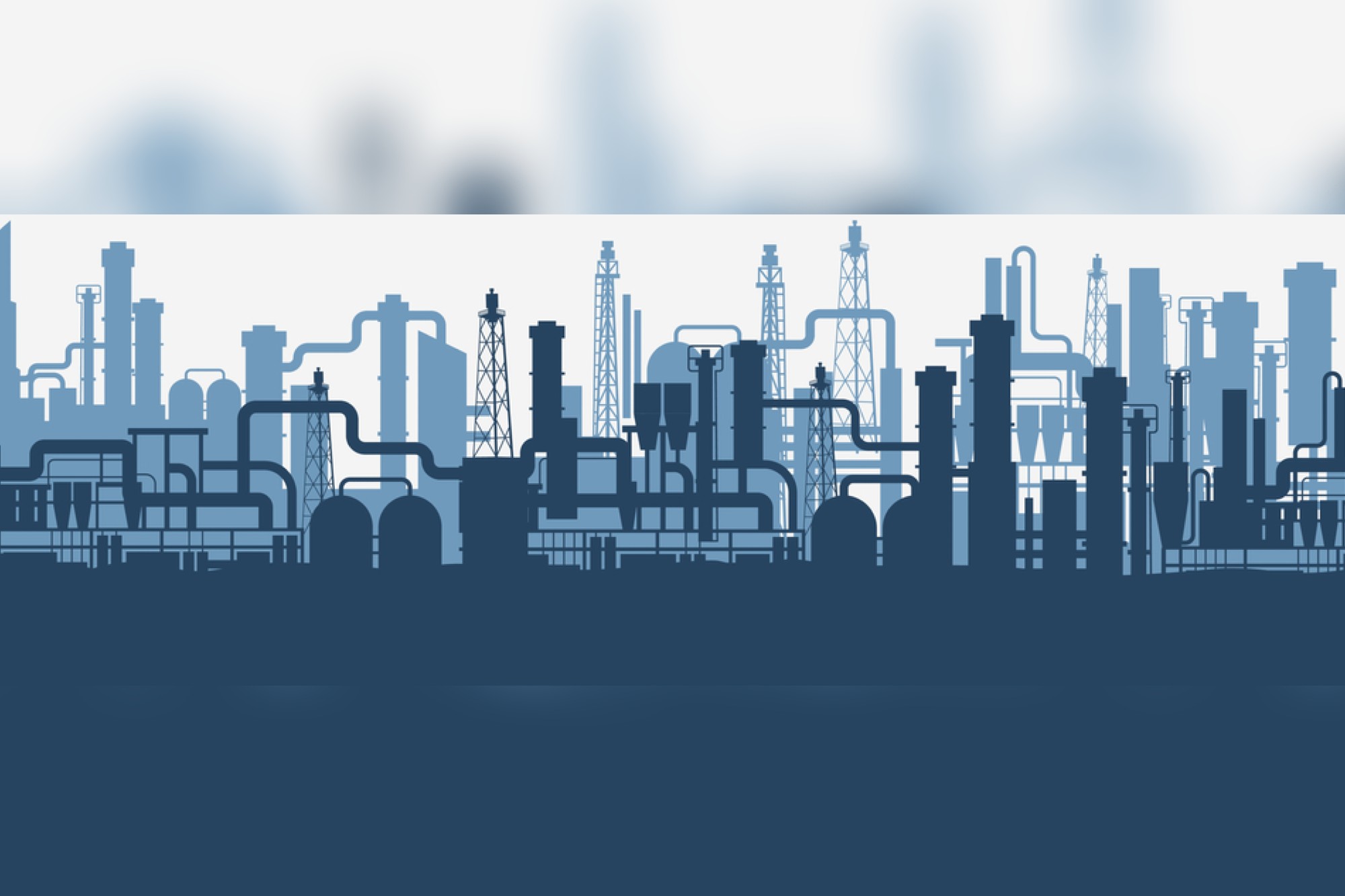Our Next Best Alternative is Low – Carbon Cement
By Staff Report | September 12, 2024 7:03 pm SHARE

The cement industry is on the cusp of a technological revolution, with innovations that promise to enhance sustainability and efficiency. From the development of low-carbon cement to the integration of digital technologies and renewable energy, these advancements are setting the stage for the future of construction.
The cement industry, a cornerstone of modern construction, is experiencing a transformative shift driven by several critical technological advancements. As the industry strives to meet sustainability goals and improve efficiency, these innovations pave the way for a more sustainable and cost-effective future. This article explores the key technological advancements in the cement industry, their impact on construction practices, and emerging trends shaping the industry’s landscape.
Advancements in cement technology
One of the most significant advancements in cement technology is developing and adopting low-carbon and alternative cement. These innovations aim to reduce the carbon footprint of cement production, which is traditionally a major source of CO₂ emissions. Low-carbon cement incorporates supplementary cementitious materials (SCMs) such as fly ash, slag, and calcined clays. By reducing the clinker factor in cement, these materials help lower CO₂ emissions significantly. Globally, this shift has reduced the clinker-to-cement ratio to approximately 0.7. In India, the use of blended cement has led to a reduction in emissions by around 15 percent per ton compared to Ordinary Portland Cement (OPC). This advancement not only supports environmental sustainability but also enhances the cement’s overall performance.
Integrating digitalisation and Industry 4.0 technologies is another crucial advancement reshaping the cement industry. Artificial intelligence (AI) and machine learning are now employed to optimise production processes, predict equipment failures, and enhance energy efficiency. These technologies have resulted in energy savings of up to 10 percent and significant reductions in operational costs. By leveraging real-time data and predictive analytics, cement manufacturers can achieve greater efficiency and sustainability globally and within India.
The use of alternative fuels is also a game-changer for the cement industry. Biomass and waste-derived fuels have helped achieve thermal substitution rates of up to 40-60 percent globally, significantly reducing CO₂ emissions and waste. The current thermal substitution rate in India is around 4-5 percent, but efforts are underway to increase this to 25 percent by 2025. This transition supports the industry’s sustainability goals and reduces reliance on conventional fossil fuels.
Advancements in energy efficiency and carbon capture technologies are substantially impacting the cement industry. Technologies such as vertical roller mills and waste heat recovery systems are reducing energy consumption and greenhouse gas emissions. Carbon capture, utilisation, and storage (CCUS) technologies offer the potential for further reductions, contributing to a more sustainable future for cement production.
Renewable energy adoption is another significant trend within the cement industry. Many cement manufacturers globally are investing in renewable energy sources such as wind and solar power, with some achieving up to 30 percent of their energy needs from renewables. In India, leading companies target up to 25 percent of their energy requirements from renewable sources by 2030. This shift aligns with India’s renewable energy goals and commitment to reducing greenhouse gas emissions.
Impact of high-performance cement on construction practices
Advances in high-performance cement and concrete have revolutionised construction practices by improving durability, strength, and efficiency. High-performance concrete (HPC), with compressive strengths often exceeding 60 MPa, enhances the structural integrity of buildings. This allows for the use of thinner elements and results in up to 20 percent material savings. Ultra-high-performance concrete (UHPC), with strengths over 120 MPa, has enabled the construction of taller skyscrapers and longer-span bridges that were previously unfeasible.
Research indicates that HPC and UHPC can extend the service life of structures by 50 to 100 years, significantly reducing maintenance costs. The incorporation of SCMs in these concretes also lowers the clinker content, resulting in a reduction of CO₂ emissions by 30-50 percent. In India, applying high-performance cement and concrete has been instrumental in infrastructure projects such as highways and metro systems, enhancing durability in diverse climates and reducing long-term costs.
These advancements improve construction quality and align with global sustainability efforts. High-performance cement and concrete contribute to the broader goals of sustainability and environmental responsibility by providing stronger, more resilient structures with a reduced environmental footprint.
The role of ready-mix concrete (RMC) in sustainable construction
Ready-Mix Concrete (RMC) plays a significant role in advancing sustainable construction practices in India. RMC production allows for precise control of mix proportions, reducing raw material wastage and optimising cement use. This precision leads to a 10-15 percent reduction in cement consumption, which is crucial for minimising the carbon footprint associated with cement production.
RMC facilitates the use of SCMs, such as fly ash and slag. In India, RMC plants commonly include up to 30-35 percent fly ash in their mixes. This practice enhances the concrete’s durability and strength and helps manage industrial waste more sustainably.
From a project efficiency standpoint, RMC reduces on-site labour and construction time by up to 30 percent, thanks to its streamlined delivery and batching process. This efficiency is particularly beneficial in urban and two-tier cities where RMC is increasingly used due to rapid infrastructure development and the need for high-quality, consistent concrete.
Enhancing corrosion resistance with modern additives and coatings
Modern additives and coatings significantly enhance the corrosion resistance of cementitious materials. Using SCMs such as silica fume, fly ash, and ground granulated blast-furnace slag (GGBS) improves the microstructure of concrete, reducing its porosity and permeability. This, in turn, limits the ingress of chloride ions and aggressive chemicals responsible for corrosion. In India, incorporating fly ash and GGBS in concrete has shown a reduction in chloride diffusion coefficients by up to 50 percent.
Chemical admixtures, such as calcium nitrite and amine-based inhibitors, are gaining traction due to their effectiveness in forming a protective oxide layer on reinforcing steel. Recent studies indicate that these inhibitors can reduce the corrosion rate of steel in concrete by up to 85 percent, even in coastal and industrial zones prone to high chloride exposure.
Advanced coatings, including epoxy, polyurethane, and silane-based sealers, are increasingly adopted for surface protection. These coatings create hydrophobic barriers that prevent moisture and chlorides from penetrating the concrete. Research shows that applying silane-siloxane coatings can reduce water absorption by over 70 percent and decrease chloride ingress by up to 65 percent, effectively extending the service life of structures exposed to harsh environmental conditions.
Optimising concrete rheology: Temperature and mix composition
Temperature significantly affects the rheology of concrete, influencing its workability and setting time. In India, high temperatures, often reaching 45°C, accelerate cement hydration, reducing setting times and workability. Research indicates that for every 10°C rise in temperature, the setting time of concrete decreases by about 15-20 percent. To manage this, retarders such as hydroxycarboxylic acids are used, with dosages between 0.1 percent and 0.5 percent of cement weight, and cooling methods like using ice can lower mix temperatures by 5-10°C.
The composition of the concrete mix, including the type and proportion of cement and aggregates, also affects its rheology. Higher cement content or specific types of cement, such as Portland Pozzolana Cement (PPC), can increase viscosity and reduce workability. To optimise mix properties, superplasticisers like polycarboxylate ethers (PCE) improve workability without adding extra water, potentially increasing slump by up to 150 mm. Proper aggregate gradation enhances cohesion and workability, reducing cement needs by up to 20 percent.
In practice, projects in high-temperature regions of India use evaporative cooling for aggregates and mixed water. In contrast, coastal projects use high-range water reducers and fly ash to control workability and setting times. These measures help manage the rheological properties of concrete effectively across varied Indian climates.
Best practices for waterproofing systems
Successful application and long-term performance of waterproofing systems depend on several best practices. Thorough surface preparation is crucial, as removing contaminants like dust and efflorescence can improve adhesion by up to 30 percent, leading to better system performance.
High-quality materials should be selected based on local conditions. For instance, polymer-modified bitumen membranes are ideal for coastal areas due to their high resistance to saline environments, potentially reducing water ingress by up to 90 percent. Proper application techniques are essential, with correct overlap and coverage following manufacturer guidelines to prevent issues such as blistering and peeling. Maintaining the recommended thickness can enhance durability by around 40 percent.
Regular maintenance is vital, with inspections recommended every 6-12 months to address minor issues before they become significant problems. Integrating waterproofing systems with building design, including adequate drainage systems, is also critical. For instance, designing drainage to manage local rainfall, which can exceed 1,000 mm annually in some Indian regions, helps prevent water accumulation and system failure.
Investing in high-quality waterproofing materials and proper application can reduce long-term repair costs. Initial waterproofing costs can range from ₹70 to ₹120 per square foot, but the reduced need for repairs and maintenance over the system’s lifespan offsets these costs. Adhering to these best practices ensures the effectiveness and longevity of waterproofing systems, providing substantial cost savings and enhanced protection.
Trends in construction chemicals
The construction chemicals industry is seeing increased demand for high-performance admixtures, such as advanced superplasticisers and high-range water reducers. These products improve concrete performance by enhancing workability, strength, and durability. Innovations like polycarboxylate ethers (PCEs) reduce water content by up to 30 percent while increasing compressive strength by 10-15 percent.
Sustainability is driving the development of eco-friendly construction chemicals. Biodegradable additives and products with low volatile organic compounds (VOCs) are gaining popularity. In India, green building materials, including low-VOC adhesives and sealants, align with the Green Building Council’s standards and help achieve certification.
Self-healing concrete, which incorporates capsules containing healing agents that activate upon cracking, is emerging as a significant trend. These materials can self-repair small cracks, extending the service life of structures. Smart materials, including sensors embedded in concrete, monitor structural health in real time, providing data for maintenance and repair.
Adherence to regulatory standards and certifications is increasingly important. In India, compliance with standards set by the Bureau of Indian Standards (BIS) and certifications such as ISO 9001 ensure the quality and performance of construction chemicals. This focus on quality and compliance supports the industry’s growth and reliability.
The market for construction chemicals is expanding, driven by infrastructure development and increasing demand for high-performance materials. The global construction chemicals market is projected to grow at a CAGR of 6.2 percent from 2023 to 2028. In India, the market growth is supported by government initiatives such as the Pradhan Mantri Awas Yojana and increased investments in urban infrastructure.
The future of cement technology
Emerging trends such as digitalisation, advanced materials, and increased automation are shaping the future of cement technology. Innovations in digital twins, which create virtual replicas of physical cement production systems, are expected to enhance process monitoring and control. Integrating blockchain technology for supply chain transparency and traceability is also on the horizon, potentially revolutionising the industry’s quality assurance and fraud prevention approach.
Sustainability will continue to be a major focus, with the development of carbon-neutral and carbon-negative cement technologies. Research into new types of cement, such as magnesium-based cement, holds promise for further reducing carbon emissions. Adopting circular economy principles, including using recycled materials and waste minimisation, will be crucial in shaping the industry’s future.
Globally, the cement industry is expected to see a shift towards more sustainable practices, with regulatory pressures driving innovation. In India, increased infrastructure development and government policies supporting green construction practices likely boost demand for advanced cement technologies. The industry must adapt to these evolving market dynamics by investing in research and development and embracing new technologies.
The future of cement technology presents numerous opportunities for innovation, particularly in areas such as material science, process optimisation, and environmental impact reduction. Companies that invest in these areas and stay ahead of industry trends will be well-positioned to lead the market and drive the next wave of advancements in cement technology.
Technological advancements are reshaping the cement industry, driving sustainability, efficiency, and innovation. From low-carbon cement and digitalisation to high-performance materials and waterproofing systems, these innovations are setting new standards for construction practices. As the industry evolves, embracing these technologies will be crucial for meeting future challenges and achieving long-term sustainability goals.

Cookie Consent
We use cookies to personalize your experience. By continuing to visit this website you agree to our Terms & Conditions, Privacy Policy and Cookie Policy.




































-20240213125207.png)

























